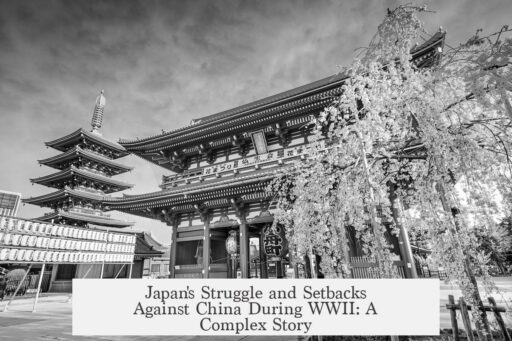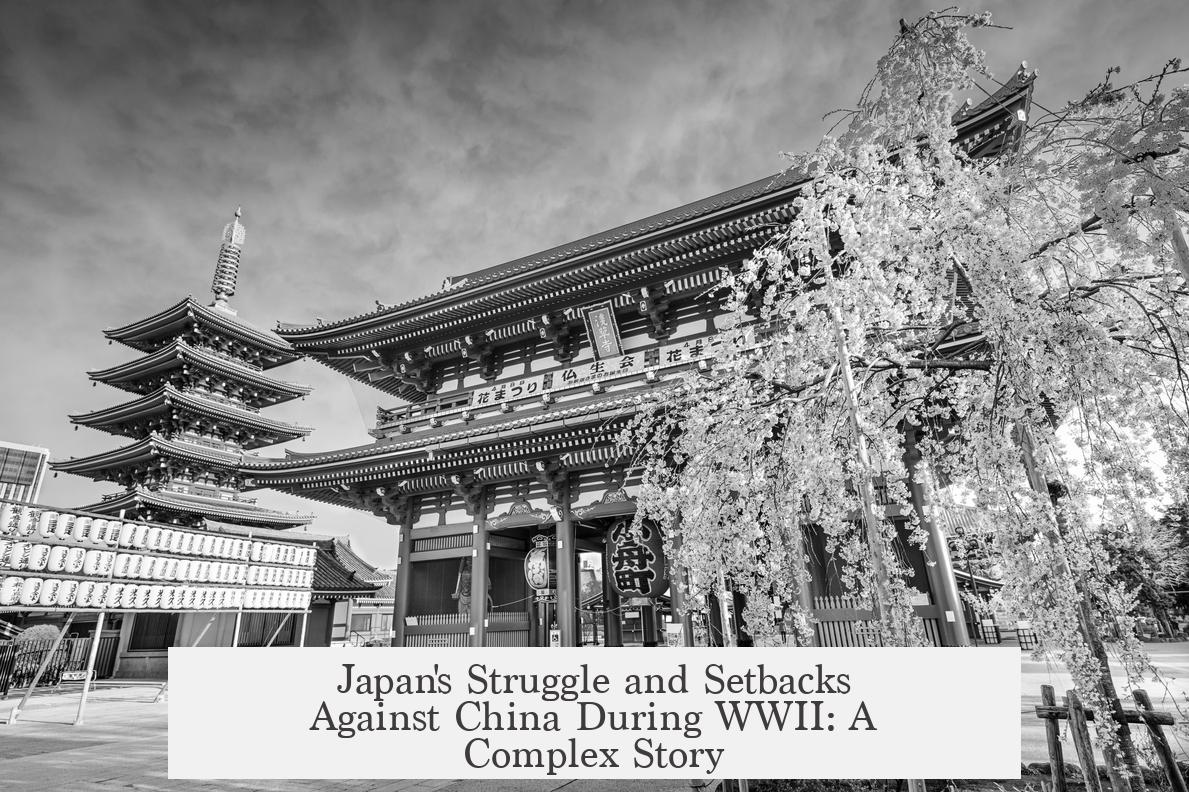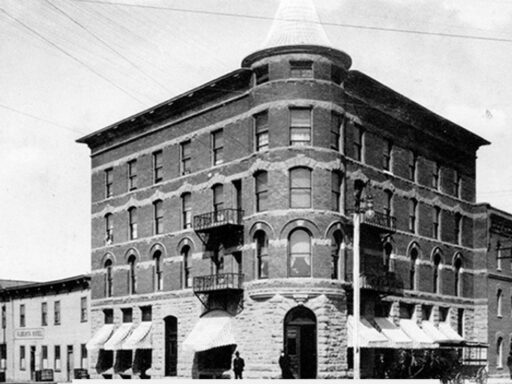Japan did not defeat China during World War II; rather, China resisted occupation and emerged as a victor with a permanent seat on the United Nations Security Council. Japan captured key territories early in the conflict but never forced a Chinese surrender or total collapse.
Japan’s early military successes in China stem from its superior training, technology, and industrial development. Following the Meiji Restoration, Japan underwent rapid modernization and built a strong military institution that dominated the nation’s government. This transformation enabled Japan to field a well-equipped and organized military force, unlike China, which lagged in industrialization and military reform.
Japan efficiently sustained operations across multiple fronts. Its military committed millions of troops to China while simultaneously engaging in conflicts against the United States, Britain, and Australia in the Pacific after 1941. This demonstrated Japan’s greater scale and logistical capacity compared to Chinese forces.
China employed a deliberate strategy of “trading space for time.” Given its vast territory, Chinese forces retreated inland, preserving troops and relocating key industrial assets away from frontline areas. This strategy prolonged the conflict, allowing China to continue resistance despite territorial losses.
Japanese advances into the Chinese interior were eventually checked. The initial Battle of Changsha (1939) marked a turning point, halting Japan’s direct path to Chongqing, China’s wartime capital. Subsequent battles around Changsha repeatedly ended in stalemate, illustrating that Japan could not gain decisive dominance in China.
Japan’s limitations became apparent as the war continued. Although Japan started with better technology and training, it lacked the industrial capacity to sustain a prolonged total war. Japan’s resource base was insufficient for extended conflict, especially against a large, resilient adversary.
Within the Japanese military, some strategists foresaw defeat if Japan continued the China campaign without industrial buildup and strategic alliances. Ishiwara Kanji, for example, argued for cooperation with China and resource accumulation before confronting major powers like the United States. His advice went unheeded, reflecting internal disagreements and overconfidence in Japan’s military plans.
The war in China should also be placed in historical context. Japan’s earlier victory in the First Sino-Japanese War (1894–1895) over Qing China is often confused with the later Second Sino-Japanese War (1937–1945). In contrast to the first war, Japan failed to achieve total victory in the second.
China’s resistance was shaped in part by internal political dynamics and nationalist mobilization. Although the Kuomintang (KMT) and Chinese Communist Party (CCP) harbored deep tensions and briefly resumed civil war during the conflict, both factions aligned against Japanese aggression, contributing to a drawn-out total war. Popular pressure and shifts in Chinese governance solidified opposition to Japan.
Japanese commanders underestimated the scale of China’s resistance. They had hoped for a limited conflict, similar to prior engagements, but faced instead a large-scale, persistent war that drained resources and morale. Notable Japanese victories, including battles at Shanghai and Nanking, came at high casualty costs. These heavy losses fueled frustration among Japanese forces and may explain some wartime atrocities.
Operation Ichi-Go in 1944 was Japan’s largest offensive in China. Despite initial successes, it failed to secure overall victory or break Chinese resistance. The conflict remained a strategic stalemate.
On the battlefield, Japanese forces held advantages in combined arms, air power, and troop fanaticism, but technological differences were relatively modest at war’s start. Both sides used World War I-era rifles and machine guns, though Japanese coordination among infantry, armor, and air units proved superior. The fanaticism of Japanese conscripts contrasted with the less uniformly trained Chinese troops.
In summary, Japan never decisively defeated China during WWII. Early territorial gains reflected Japan’s industrial modernization and better military organization, but China’s vast geography and strategy of trading space for time extended resistance. Japan’s limited industrial capacity and underestimation of Chinese nationalism led to a costly quagmire, with high casualties and no decisive victory. Internal Chinese political tensions complicated but did not end opposition to Japan. The war ended with China intact and recognized among the world’s victors.
- Japan’s initial successes owed to superior training, technology, and industrialization after Meiji Restoration.
- China adopted a strategy of trading territory to preserve forces and infrastructure.
- Battles like Changsha stopped Japanese penetration into the Chinese interior.
- Japan lacked capacity for prolonged total war and suffered high casualties.
- Internal Chinese politics complicated resistance but did not cause collapse.
- Japan underestimated Chinese nationalism and the conflict’s scale.
- Japan never forced Chinese surrender; China emerged as one of the WWII victors.
How Did Japan Defeat China During WWII? Spoiler: They Didn’t Exactly Win
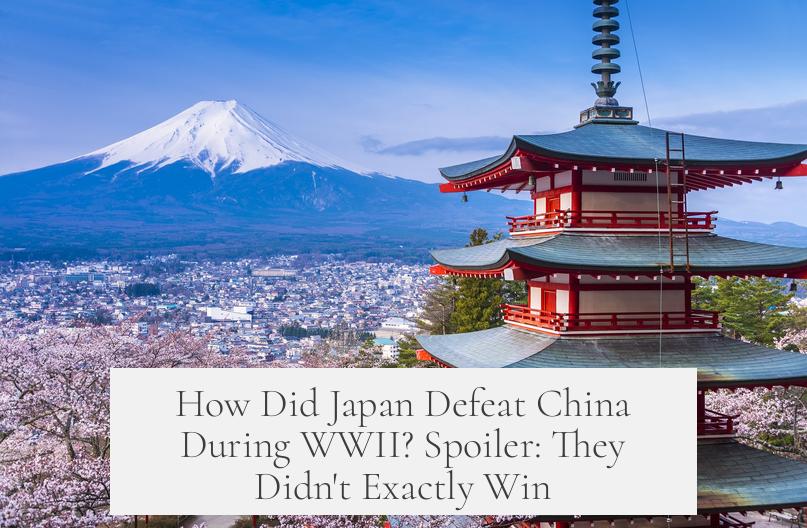
Let’s clear the air right away. Japan did not defeat China during World War II. In fact, China never surrendered, pushed through the brutal conflict, and emerged as one of the victorious powers. It even secured a permanent seat on the UN Security Council afterward. So, the idea of a straightforward Japanese victory over China in WWII is mostly a myth. But were there Japanese successes early on? Absolutely. How did Japan manage those initial territorial gains? And why didn’t they finish the job? Let’s unpack this.
Meiji Restoration: The Launchpad for Japan’s Military Power
Japan’s ability to seize key Chinese territories early in the war roots back to the Meiji Restoration, a major turning point in the late 19th century. This era transformed Japan from an isolated feudal society into a modern, industrial powerhouse with a well-trained, technologically advanced military.
Unlike China, which struggled to modernize and industrialize at the same pace, Japan’s ambition to “catch up” with the West paid off. By WWII, Japan possessed a highly organized military institution that exerted control over the government and executed complex operations. This industrial and military edge enabled Japan to launch and sustain campaigns against China early in the conflict.
Japan’s Military Scale and Logistical Muscle
Japan’s military deployment during the war is a testament to its formidable capacity. Millions of Japanese troops fought a drawn-out war inside China after 1938, while simultaneously battling major Allied powers like the US, UK, and Australia across the Pacific from 1941 onwards.
The ability to wage war on multiple, vastly separated fronts showcases Japan’s logistical depth – something China couldn’t match. China’s fragmented military forces, limited industrial resources, and internal divisions simply weren’t equipped to mount a simultaneous, counter-offensive on the same scale.
China’s Smart Strategy: Trading Space for Time

Now, here’s the twist: China’s “defeat” in the early war years wasn’t a failure but a calculated strategy. Faced with a more powerful opponent, Chinese forces deliberately gave up ground—especially coastal and northern territories—to preserve their core industrial zones and manpower. The goal? To buy time to regroup, rebuild, and continue resisting.
By withdrawing inland, China protected vital factories, which they relocated along with key personnel to the interior. This lengthy game laid the groundwork for a prolonged resistance, meaning Japan’s early victories were tactical but ultimately incomplete.
The Battles That Stopped Japan’s Advance
Japan’s march into China faced crucial setbacks early on. Take the first Battle of Changsha, one of four major battles at this strategic city near China’s wartime capital Chongqing. The battle ended in a stalemate, marking the limit of Japanese penetration deep into China.
Afterward, this deadlock situation repeated many times. Despite Japan’s superior training, technology, and combined arms—including better air support and light armor—they couldn’t turn China’s vast geography and determined defense into total victory.
Japan’s Achilles Heel: Industrial Limits and Ignored Strategies
Although Japan entered the war boasting advanced military tech and discipline, it lacked the industrial infrastructure to sustain an endless conflict. The country’s factories simply couldn’t keep up with the constant demand for new weapons, supplies, and reinforcements over many years.
Interestingly, a prominent Japanese military strategist named Ishiwara Kanji warned about this long before the war escalated. He advocated building industrial strength and forming a resource-sharing partnership with China rather than plunging into endless war. If Japan played his game, maybe the story would have been quite different. Unfortunately, his advice was sidelined—probably due to his prickly personality—and Japan marched on towards overextension.
The Bigger Picture: History, Politics, and Misunderstandings
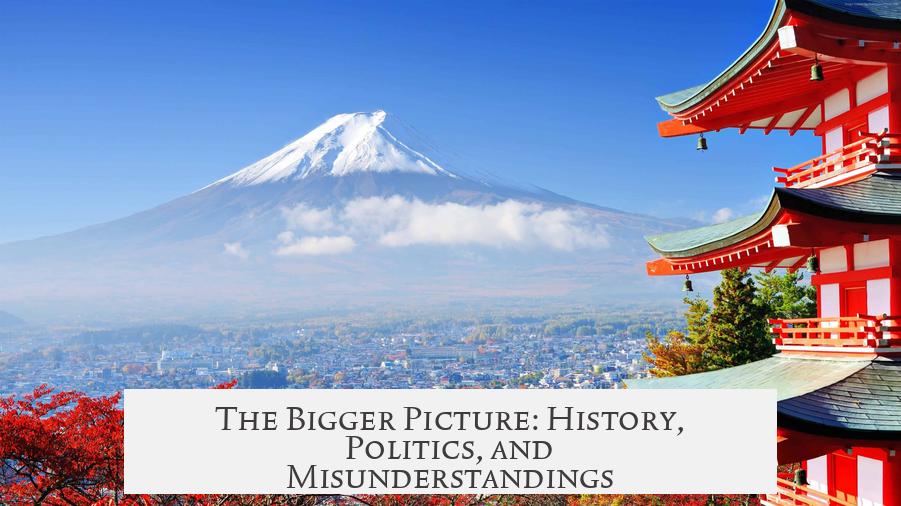
Often, people mix up the First and Second Sino-Japanese Wars. The first, in the late 1800s, ended with a decisive Japanese victory over Qing Dynasty China, mostly focused around Korea. The second began in 1937 (with Manchukuo’s creation as a puppet state) and extended through WWII, culminating in Chinese victory, not defeat.
Attitudes toward imperialism also shaped trajectories. For centuries, China maintained a conservative view that foreigners were uncivilized barbarians, which contributed to initial resistance failures. Japan, however, embraced modernization and learned imperialism’s rules from European powers, turning into a formidable force during the 20th century.
Chinese internal politics shifted significantly during the war. Growing nationalism, political power realignments, and alignment with the Soviet Union in the west escalated the conflict into total war. Meanwhile, Japan’s top commanders initially hoped the conflict would remain limited—another strategic underestimation given how drawn-out and brutal the war became.
Heavy Casualties and the Quagmire of China
Victories like Shanghai and Nanking came at unexpectedly high costs for Japanese forces. The severity of casualties was such that it likely contributed to atrocities by Japanese troops against Chinese civilians—grim evidence of the war’s brutality. The long, grinding campaign frustrated Japan and drained resources faster than they could replenish.
By 1944, Japan launched Operation Ichi-Go, a large offensive intended to break the stalemate. Despite some territorial gains, it failed to deliver a decisive victory. The war dragged on, morphing into an exhausting quagmire with hundreds of thousands of Japanese casualties by the end.
Internal Chinese Challenges: Unity Amidst Tension
China’s resistance was complicated by an ongoing civil war between the Kuomintang (KMT) government and Communist factions. This split arms and resources and made a unified front difficult. Still, this internal tension didn’t prevent China from enduring the war; if anything, it made the prolonged struggle all the more impressive.
Technology and Troop Quality: A Relative Edge for Japan

Technologically, both sides began the war with largely outdated WWI-era weapons like bolt-action rifles and machine guns. Japan had some advantages—better integration of combined arms including air power and light armor, plus conscripted troops with high fanaticism. But fundamentally, Japan didn’t have an overwhelming tech lead.
China also fielded some better-equipped KMT divisions trained by Germans and benefitted from sheer numerical strength and strategic retreats. On balance, the war became a grueling test of endurance as much as technology or tactics.
Putting It All Together: The Real Story Behind Japan and China in WWII
- Japan’s early success owed to superior military training, industrialization, and logistics developed since the Meiji Restoration.
- China’s vast land and strategic retreats allowed it to survive by buying time and preserving its industrial capacity.
- Major battles like Changsha marked the limits of Japanese advances, signaling a protracted stalemate.
- Japan’s industrial limits and internal strategic missteps prevented total conquest.
- China’s rise of nationalism, complex internal politics, and external alliances fueled a drawn-out total war.
- Even large-scale Japanese offensives failed to deliver outright victory, turning the campaign into a costly quagmire.
- Continuous tension between Chinese factions limited unity but didn’t end resistance.
- Technological advantages were modest; success was as much about strategy, endurance, and geography.
So, did Japan defeat China during WWII? No—they pressured China, captured territories, and inflicted huge harm, but they never secured outright victory. China’s resilience, strategy, and sheer size prevented defeat. This chapter of history reminds us that military power alone doesn’t guarantee victory; sometimes, it’s the patient endurance and willingness to fight on against overwhelming odds that write the final page.
Have you ever wondered how history looks if we zoom past the headlines? WWII’s Asian theaters show us the complexity beneath military outcomes—victories, defeats, and stalemates blend together. What does this tell us about modern conflicts? Perhaps the lesson is clear: winning a war is about more than just battles—it’s about the bigger picture of politics, industry, and people enduring the long haul.
